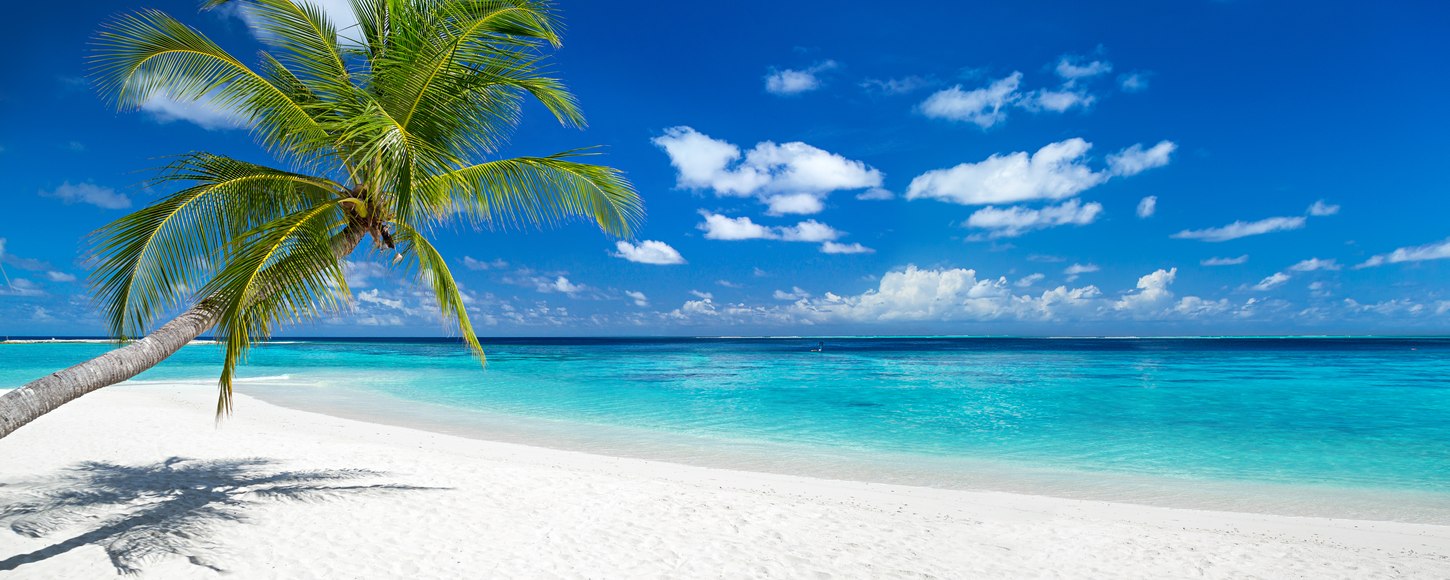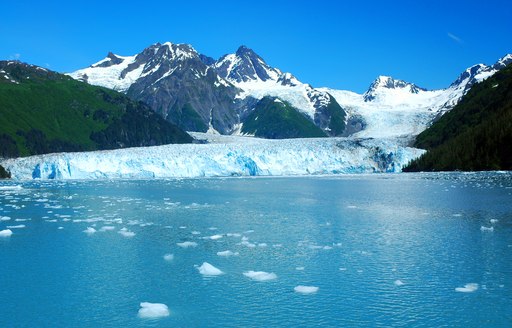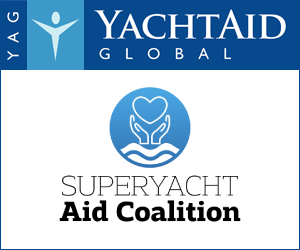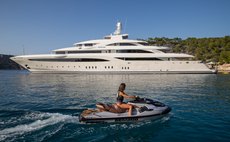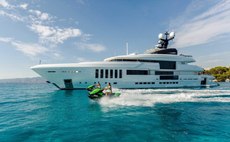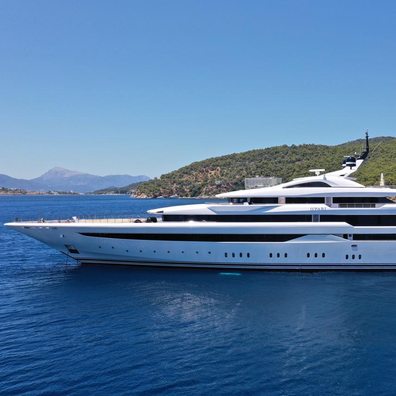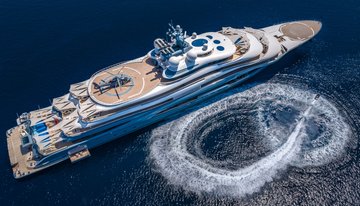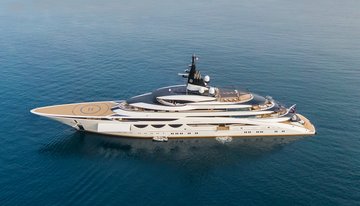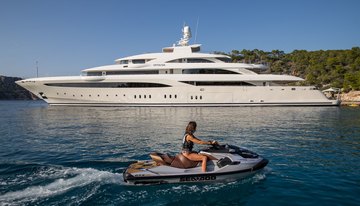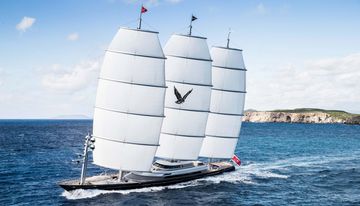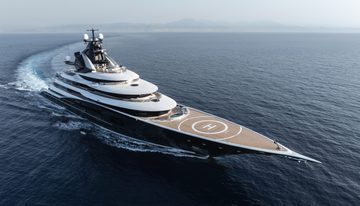In this article:
A charter season can refer to the weather pattern of a destination or the peak times when demand for charter yachts is at its highest. Read on to discover everything there is to know about charter seasons and the best times to travel.
In terms of yachting, there are two main types of charter seasons in the year – summer & winter and high & low season;
- When referring to a charter season in terms of weather and climate, the seasons are broken into summer and winter.
- When speaking in terms of peak times in the yachting calendar, the seasons are high and low (sometimes referred to as peak and off-peak), where high season is the busiest and low season is the quietest.
These are the months that straddle either side of the seasons, in other words: April & May and September & October, and can be a great time to charter a yacht. Here are some of the reasons why;
- Demand for yachts is generally lower
- Charter fees are often in-line with low/off-peak season rates
- More berths and anchorages are available
- Popular destinations tend to be less crowded
- The weather is still reasonably warm
- The seas are at their warmest at the end of summer
Throughout the world different regions will have different peak seasons for yacht charters, for example the Caribbean yacht charter season generally runs from December through to March, with its peak season occuring during the Christmas and New Year holiday period.
For the Mediterranean, the charter season runs from May till late September, with July & August representing the busiest peak months.
Some regions claim year-round cruising, especially equatorial destinations offering consistent balmy temperatures such as Thailand or the Maldives. However, these yacht charter regions also experience peak times around their respective monsoon seasons (see below).
Charter seasons are not just affected by the temperatures, they are also dictated by the overall weather and sea conditions.
Weather plays a crucial role in any yachting vacation, and bad weather can not only mar the enjoyment and comfort of a yacht charter, but also hugely impact on any planned itinerary.
Obviously, inclement weather can occur at any time of the year, however most destinations will have optimum times to visit largely dictated by their own annual weather patterns, such as the monsoon seasons in Asia and the Pacific, which occur roughly between May and October. Or, the Meltemi winds in Greece, which blow a strong yet fairly predictable wind across the Aegean, mainly around the Cyclades Islands, throughout July and August – although these winds can prove ideal for sailing yacht enthusiasts!
Some inclement weather conditions for yacht charters can occur at any time, like the mistral winds of the Mediterranean, particularly around Corsica and Sardinia, and so it is always wise to factor in some flexibility into your planned itinerary to contend with any unexpected bad weather.
Some popular yacht charter destinations can experience extreme weather conditions, such as tropical cyclones in the Indian Ocean or huge bushfires in Australia which can affect the air quality even out to sea, however these tend to be rare events.
An obvious example of predictable extreme weather is the annual hurricane season which occurs around the celebrated charter destination of the Caribbean, and some southern US states, roughly between June to mid-October.
Most charterers avoid booking during this period for obvious reasons, however with reduced charter rates and a wider selection of yachts at your disposal you may be tempted to take the risk.
Happily, there is a standard addendum that can be added to a basic charter contract that allows you to reshedule your yacht charter in the event of a hurricane hurtling towards your chosen destination!
Your yacht charter broker will also likely advise the purchase of additional cancellation insurance for peace of mind if you are planning a yacht charter during the hurricane season.
In general, seasonal weather will affect the location of most crewed yachts, which tend to move from one region to another in line with the charter seasons.
Therefore, when choosing a charter destination it is best to establish the optimum cruising months as there will generally be a wider selection of yachts to choose from, subject to demand. For instance if you’re looking to charter in Alaska, be aware that come winter season there are very few marinas open.
The majority of charter yachts are built around demand for predominantly warmer climates such as the Caribbean or Mediterranean, and are therefore far less likely to have heating installed.
There are of course a number of charter yachts that cater for all seasons, in particular expedition yachts which are specially designed to handle all weathers, no matter how extreme. If you are keen on exploring far-flung corners of the globe, from the arctic poles to the sultry heat of the tropics, these types of yachts are ideal.
Important events in the yachting calendar, such as the Monaco Grand Prix and Cannes Film Festival, are considered high season events, whether or not they actually occur in high or low season. This is because charter yachts are in greater demand during these times, with a marked increase in charter rates as a result of their limited availability.
Whether you're looking to charter in the summer, winter or all year round, take a look at our comprehensive destination guides which offer lots of useful information, including optimum times to charter a yacht around your chosen destination.
For more advice about yacht charter seasons, please speak with your preferred yacht charter broker.
For any further information about booking or chartering a luxury yacht, please take a look at our comprehensive advice guides.
Related advice articles
